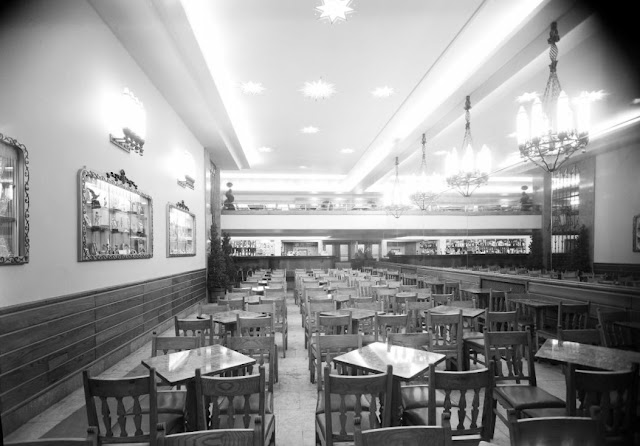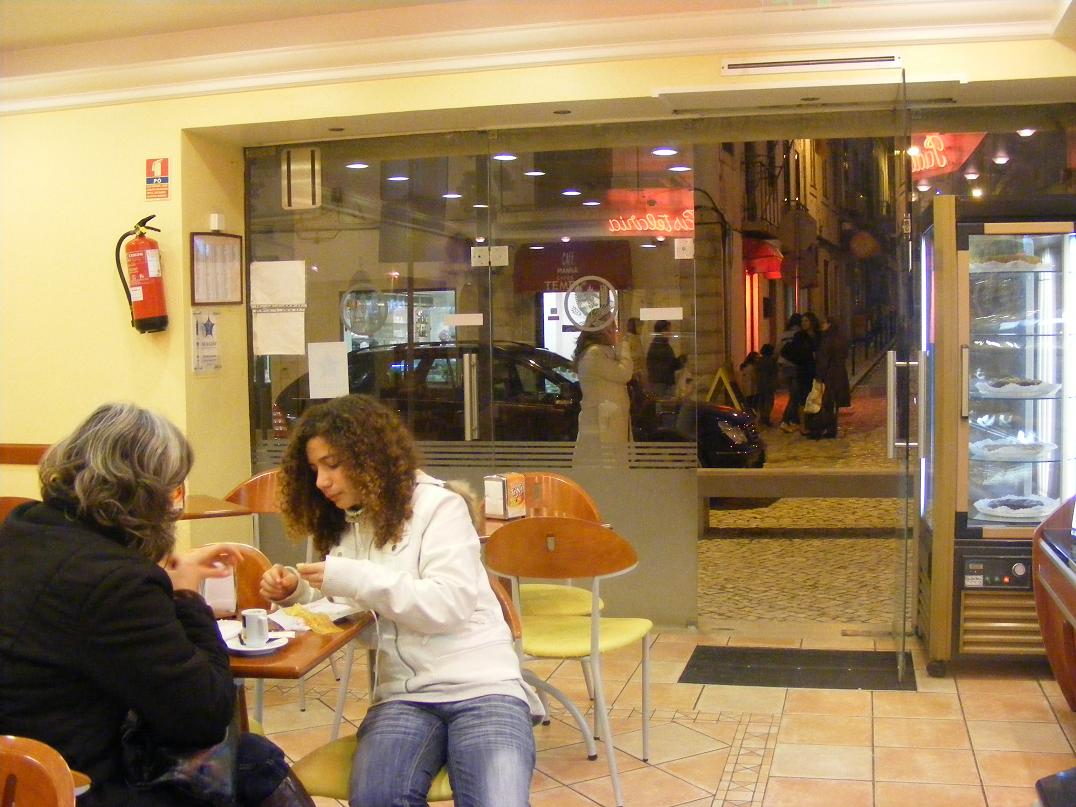Pensão Espadarte - Sesimbra
Avenida 24 de Julho (antigo Aterro da Boavista) na segunda década do século XX. Imagem escolhida para a capa do volume III da «Lisboa Desaparecida».
Casa Africana, na Rua Augusta, detentora da famosa imagem de marca «O Preto da Casa Africana», cuja publicidade se vê no painel da fachada. Aqui fotografado na década de 1920, o célebre estabelecimento comercial encerrou portas nos últimos anos do século XX.
Avenida 24 de Julho e mercado no início da década de 1940.
Maternidade Alfredo da Costa
Sesimbra
Casa das Tesouras, conhecida por «casa do fato feito» numa época em que quase toda a gente vestia por medida, em costureiras ou alfaiates.
Rua da Escola Politécnica. LISBOA DESAPARECIDA de MARINA TAVARES DIAS, volume IV, «A Moda em Lisboa».
Rua da Escola Politécnica. LISBOA DESAPARECIDA de MARINA TAVARES DIAS, volume IV, «A Moda em Lisboa».
Terreiro do Paço no início do século XX, com indicação do local do regicídio de 1908. Postal Ilustrado, edição Tabacaria Costa.
(«Lisboa Desaparecida», volume V) — em Terreiro do Paço.
(«Lisboa Desaparecida», volume V) — em Terreiro do Paço.
Casa Africana, na Rua Augusta, detentora da famosa imagem de marca «O Preto da Casa Africana», cuja publicidade se vê no painel da fachada. Aqui fotografado na década de 1920, o célebre estabelecimento comercial encerrou portas nos últimos anos do século XX.
Santa Catarina de Alexandria, padroeira dos livreiros de Lisboa
Recriação de Lisboa Antiga, em 1935, no local do antigo Convento das Francezinhas (a S. Bento).















![[Hospital-de-Santa-Maria.16.jpg]](https://blogger.googleusercontent.com/img/b/R29vZ2xl/AVvXsEgOAEtNj1sD4FzhpjeYj2jnKT4HgGGjRd2QTjZkLBaoJLWpFhWOX4VcIVNFIu3TZY-Hi59T1W-Mt-LDvX0JDnXNM3-9-si7N-fzZV3kqfJeLWZbO1idtzayXW0pCqgqiRJWQiRRN0JiK-M/s640/Hospital-de-Santa-Maria.16.jpg)








































